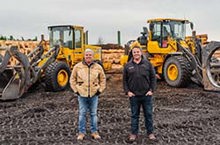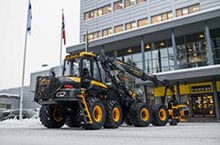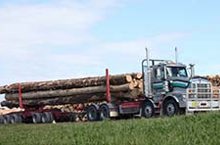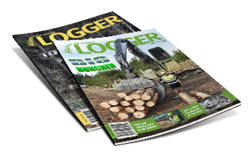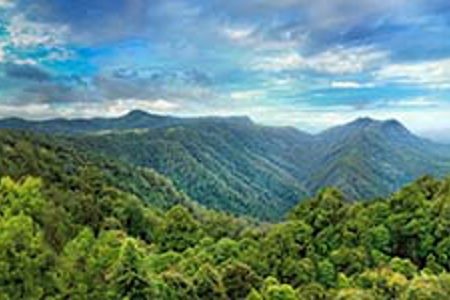
Forestry Australia has welcomed a new study on the relationship between timber harvesting and greenhouse gas emissions published in Australian Forestry by the former Chief Research Scientist at the Commonwealth Scientific and Industrial Research Organisation (CSIRO), Dr John Raison.
The paper, titled A review of the impacts of sustainable harvesting, non-harvest management and wildfire on net carbon emissions from Australian native forests, investigates the science behind claims that timber harvesting increases greenhouse gas emissions.
Dr Bill Jackson, Acting President of Forestry Australia says Australian and international studies highlight the potential to lower carbon emissions by producing and using wood products from sustainably managed forests, particularly as substitutes for high-emission building materials.
“This paper demonstrates the complexity in accounting for the impacts of changes to forest management on carbon stocks and greenhouse gas emissions from Australian native forests,” Dr Jackson says.
“Assessing carbon impacts of forest management needs to consider the full life cycle of forest management, wood production, processing, use and disposal or reuse.
“The outcome depends heavily on assumptions about initial conditions, harvest intensity, timber recovery, lifetime of forest products, the impacts of wildfire and the time frame of the analysis.
This paper points out that it is important to get these assumptions right, otherwise policy makers can be ill-informed about the effects of their decisions on carbon emissions.
Dr Jackson says policy makers also need to consider the short- and long-term, impacts on carbon stocks of decisions to reduce or cease native forest harvesting. This includes the impacts of wildfire and reduced professional forest and fire management capacity in agencies responsible for timber production.
“This paper has implications for development of new emission reduction methods under Australia’s ACCU scheme.
“Appropriate, landscape scale analysis using scientifically sound sampling and surveys of carbon stocks and dynamics are required to inform these methods.
“The best opportunities are likely to lie in approaches that improve forest management to better integrate conservation, restoration and sustainable production and use of forest products,” Dr Jackson says.

